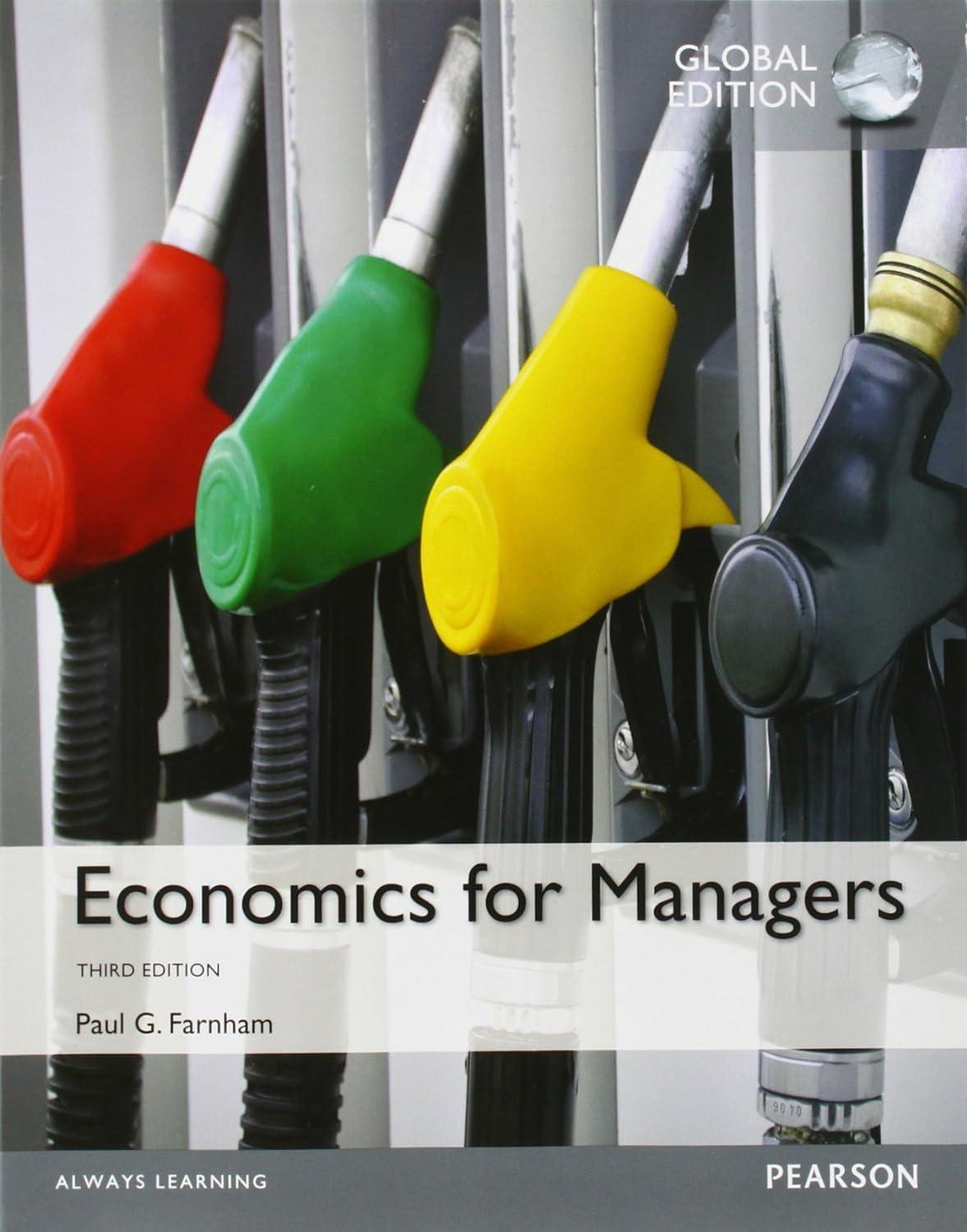2. The following discussion focuses on the change in production and selling strategies of Timken Co., the
Question:
2. The following discussion focuses on the change in production and selling strategies of Timken Co., the Canton, Ohio, firm that is a major producer of bearings:64 To counter the low prices of imports, Timken Co. in 2003 began bundling its bearings with other parts to provide industrial business customers with products specifically designed for their needs. Timken had begun bundling prelubricated, preassembled bearing packages for automobile manufacturers in the early 1990s. Evidence indicated that companies that sold integrated systems rather than discrete parts to the automobile manufacturers increased their sales. Other industrial customers put the same pressure on Timken in the late 1990s to lower prices, customize, or lose their business to lower-priced foreign suppliers. Manufacturers are increasingly combining a standard part with casings, pins, lubrication, and electronic sensors.
Installation, maintenance, and engineering services may also be included.
Suppliers, such as Timken, saw this as a means of increasing profits and making themselves more indispensable to the manufacturers. The strategy also required suppliers to remain in proximity with their customers, another advantage over foreign imports. This type of bundling does require significant research and development and flexible factories to devise new methods of transforming core parts into smart assemblies. The repackaging is more difficult for industrial than automobile customers because the volumes of production are smaller for the former. Timken also had to educate its customers on the variety of new products available.
Timken has an 11 percent share of the world market for bearings. However, imports into the United States doubled to $1.4 billion in 2002 compared with $660 million in 1997. Timken believes that the uniqueness of its product helps protect it from foreign competition. However, the company still lobbied the Bush administration to stop what it calls the dumping of bearings at low prices by foreign producers in Japan, Romania, and Hungary.
a. What factors in the economic environment, in addition to foreign imports, contributed to Timken’s new strategy in 2002 and 2003?
b. How does this strategy relate to the discussion of bundling presented in the chapter? What additional factors are presented in this case?
Step by Step Answer:







